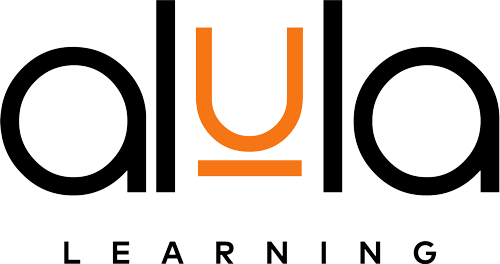
Virtual reality (VR) technology has been around for a while, it has just recently been more widely available and more readily priced. This has created new possibilities for its application, particularly in the area of education. In actuality, virtual reality has been predicted to dominate e-learning and it looks like that’s already happening.
What, then, makes virtual reality such a game-changer for online learning? Let’s look more closely.
First of all, virtual reality makes learning immersive and engaging. Traditional e-learning platforms frequently only offer quizzes, videos, and text-based content. They can be useful, but they don’t always keep the student interested and encourage retention and understanding. With virtual reality, students are taken to a simulated setting that resembles real-world circumstances.
A medical student, for instance, may utilize virtual reality to rehearse surgical operations, allowing them to simulate the appearance, sensation, and even noises of a real operation. Similar to this, a student of history may visit significant historical places or examine ancient ruins using virtual reality.
Secondly, virtual reality can assist in lowering the expense and logistical challenges connected to conventional training. A lot of expensive tools, travel, and lodging are needed for in-person training. Using virtual reality, students may receive training at any time, from any location, and without the expense of specialized technology. This makes it a great choice for those who work remotely, have mobility concerns, or can’t afford to travel for training.
Thirdly, virtual reality can be tailored to each learner’s specific requirements. Everyone receives the same resources and complies to the same curriculum in a traditional classroom or online learning setting. Yet with virtual reality, learners can interact with the setting in a way that fits their particular learning preferences. They can decide whether to spend more time on specific topics or move on if they are familiar with them.
Finally, virtual reality can give learners a safer setting in which to practice and study. For instance, a Police officer may utilize virtual reality to practice a risky rescue operation without endangering themselves or anybody else. Similar to how a construction worker could practice operating heavy equipment in a secure setting.
In conclusion, virtual reality is poised to transform how we educate ourselves. It lowers logistical obstacles, can be tailored to meet specific learning needs, and gives a safer learning environment. It also delivers a more interesting and dynamic learning experience.
If you would like to learn more about how to incorporate eLearning courses in your organization, contact us at [email protected] and we will respond to you.
Ayanfejesu Famubode
Digital Communications Officer
Alula Learning
